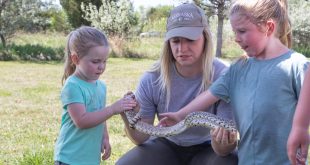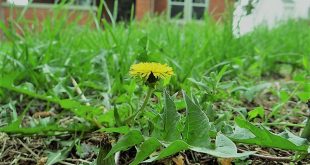Spring is a terrific time for birds and birding. I am currently in the middle of highlighting five birding trips and experiences that all outdoor enthusiasts should consider attempting this year. Certainly there are hundreds more out there for the taking, but I’ll start slow. Now is time to pencil in dates and make plans. Essential spring birding trips #1 and #2 focused on migration spectacles, #3 is focused on prairie grouse courtship and #4 returns to the Rainwater Basin for another migration spectacle.
#4 Shorebirding in the Rainwater Basin (and elsewhere)
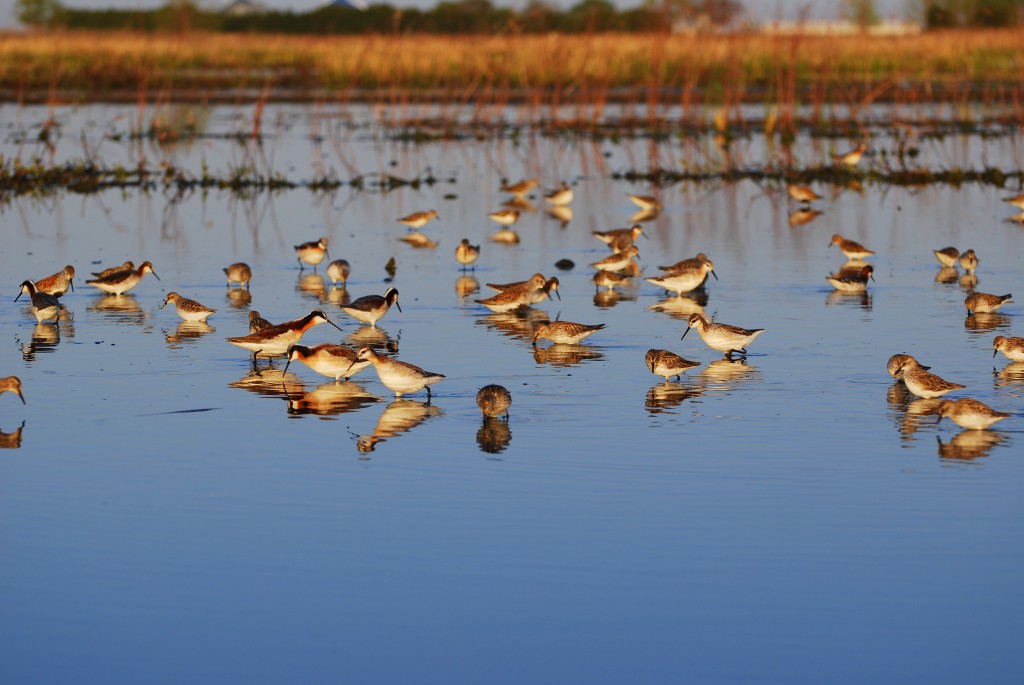
People who know me know that this trip is on my list. I spent large chunks of free time during my youth chasing shorebirds in the Rainwater Basin (RWB). I anticipate many folks that are aware of cranes, eagles, and prairie grouse (Essential Spring Birding Trips 1-3) know less about the diverse array of shorebirds that migrate through the RWB and our state. Hopefully this blog post exposes some individuals to one (of many) marvels hiding in plain sight which Nebraska offers.

Like waterfowl and cranes, shorebirds migrate through and stopover in Nebraska during migration between wintering and breeding sites (a few species do breed in the state). Shorebirds include birds such as plovers, avocets, stilts, curlews, godwits, sandpipers and phalaropes. Shorebirding in the RWB is a little more challenging than other Essential Spring Birding Trips for several reasons. First, most shorebirds are attracted to wetlands that are “just right” (think Goldilocks) and just right is shallow water and extensive areas of mud. Nebraska’s wetlands are not consistently and predictably in this state. Finding wetlands with good shorebird habitat is the first step in finding shorebirds. A good strategy in the RWB is to visit as many wetlands during any one trip. If conditions are not favorable at one site, move on to the next and so on until you find a “hot” wetland. Once you find a good site with birds, stop and enjoy. Keeping an eye on state birding reports from NEbirds is also a good idea.
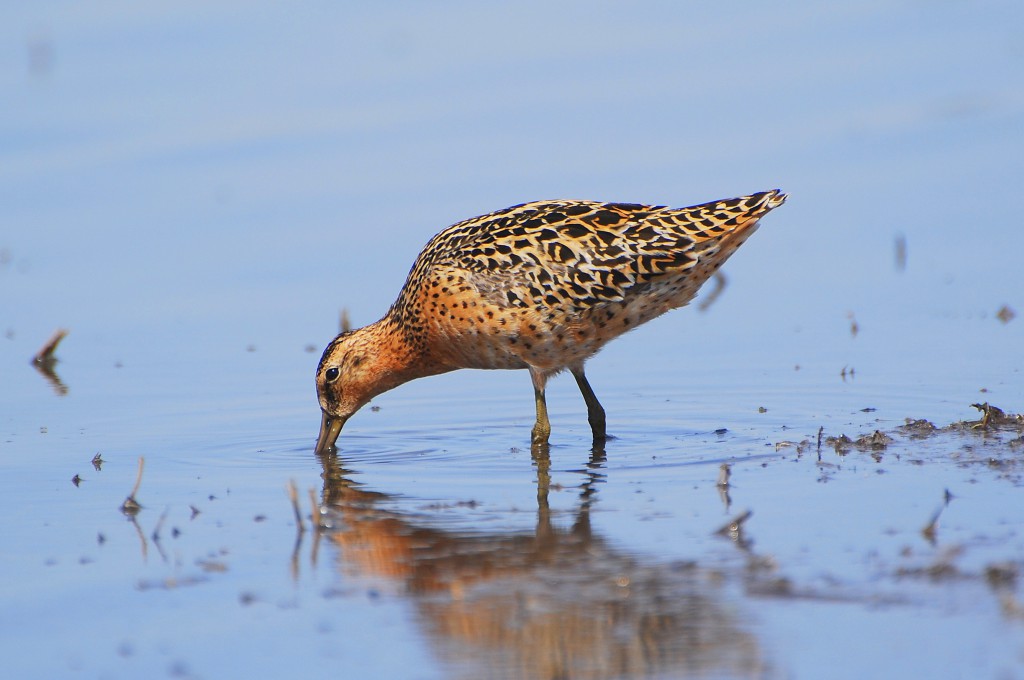
RWB wetlands are scattered across a large area in south-central Nebraska. There are numerous public state Wildlife Management Areas and federal Waterfowl Production Areas. Navigating these sites can be a little challenging if you are unfamiliar with the area. Fortunately, resources are available from the RWB Waterfowl Management District, Nebraska Birding Trails, and the Rainwater Basin Joint Venture that will help you get around. Nebraska’s CRP Map atlas is also a useful resource. Becoming familiar with the RWB and its wetlands is part of the adventure.

Shorebird identification is also challenging. A total of 40 shorebird species have been recorded in the RWB and more than 30 shorebird species occur each spring. Some species are rather similar to others. This should not dissuade anyone from dipping their toe in shorebirding. Start slow and pat yourself on the back for learning something new during each foray.
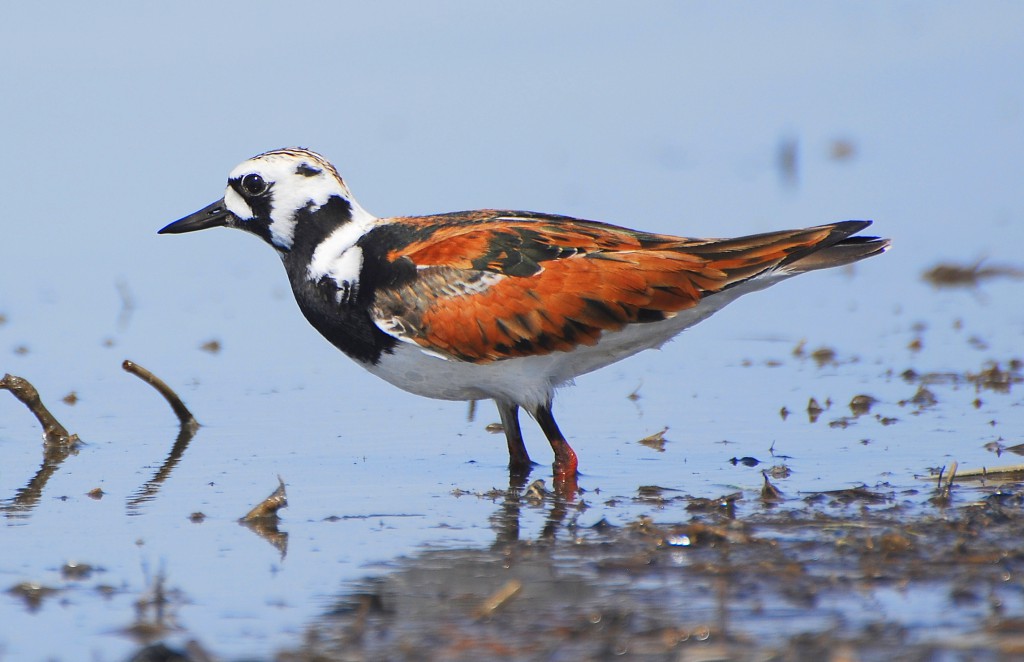
Several shorebirds species have some of the longest migrations of any animals on Earth. Several of the species that migrate through the RWB and Nebraska winter in southern South America and breed in the North American Arctic. Any one bird may travel close to 20,000 miles in a single year. Rather amazing for an animal that may weigh no more than the change in your pocket.
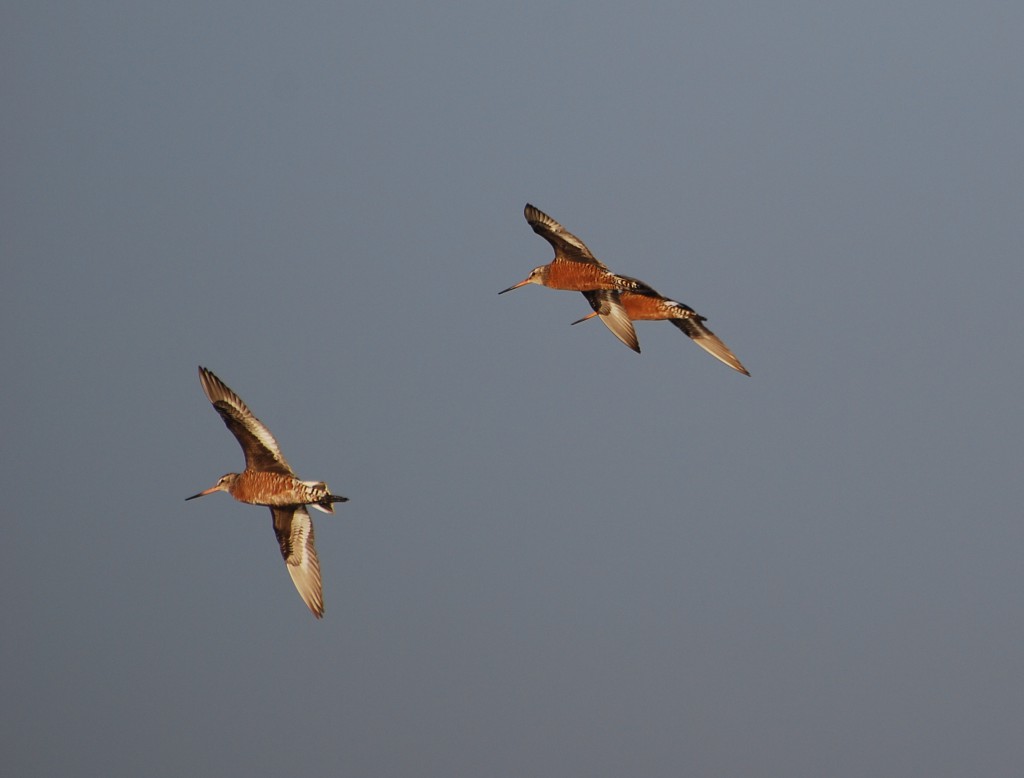
The RWB is arguably the state’s premier area for shorebirding, but shorebirding can be excellent anywhere in Nebraska. Again, if there is a water body with favorable habitat (extensive areas of shallow water and mud), migrating shorebirds will find and use it. During dry climate cycles, such as the one we have been experiencing on and off for the past few years, reservoirs which are drawing down can be outstanding. Natural wetlands in the Sandhills, North Platte River valley or anywhere else can also be very good. Do not limit your options.
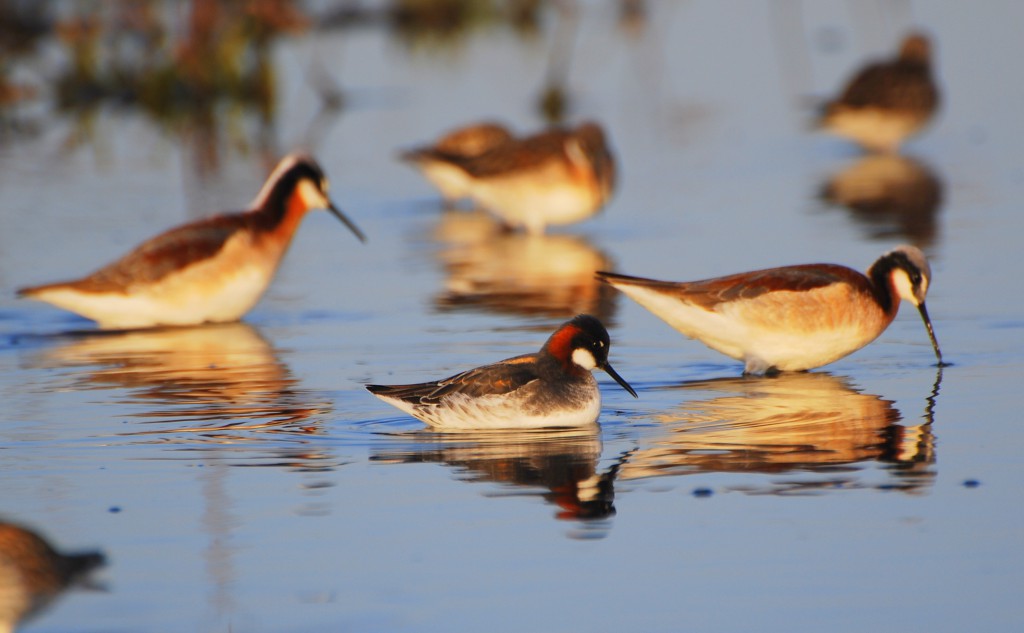
Shorebird migration in Nebraska typically begins in mid-March with the arrival of species such as Baird’s Sandpiper, Greater Yellowlegs, and Wilson’s Snipe and it extends all the way into early to mid-June when the last flocks of White-rumped Sandpipers depart. Different species’ numbers peak during this three month span, but overall diversity and numbers are best from late April through about the third week of May. Mid-may is arguably the best time for shorebirds.
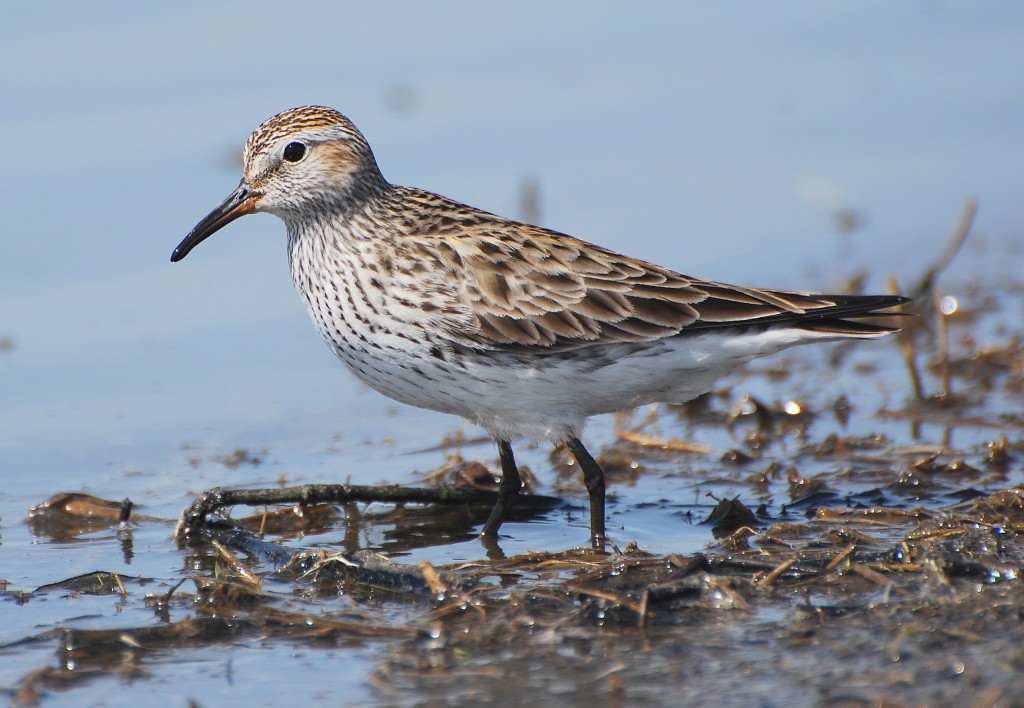
The RWB also offers special opportunities for observing a group of terrestrial shorebirds that include American Golden-Plovers and Buff-breasted Sandpipers. The two species routinely occur in agricultural fields with soybean stubble. Golden-Plovers are most numerous from mid-April through mid-May. Buff-breasted Sandpipers primarily occur in mid-May, particularly 10-16 May.

- When: Late April through May; diversity and numbers peak in mid-May.
- Where: Rainwater Basin public wetlands or anywhere in the state where excellent shorebird habitat is available during migration.
- What not to miss: This group of lesser appreciated species.
- Tip #1: A spotting scope is always a good idea if you have access to one.
- Tip #2: Avoid traversing minimum maintenance roads in the RWB following precipitation or when they are wet.
- Tip #3: Avoid phoning me for assistance if you fail to follow Tip #2.
- Tip #4: Do not be intimidated if you are unable to master shorebird identification right away, enjoy learning something new during each foray. Have fun!
- Tip #5: If possible, go shorebirding with an experienced individual or as part of an organized field trip.

 Nebraskaland Magazine
Nebraskaland Magazine

